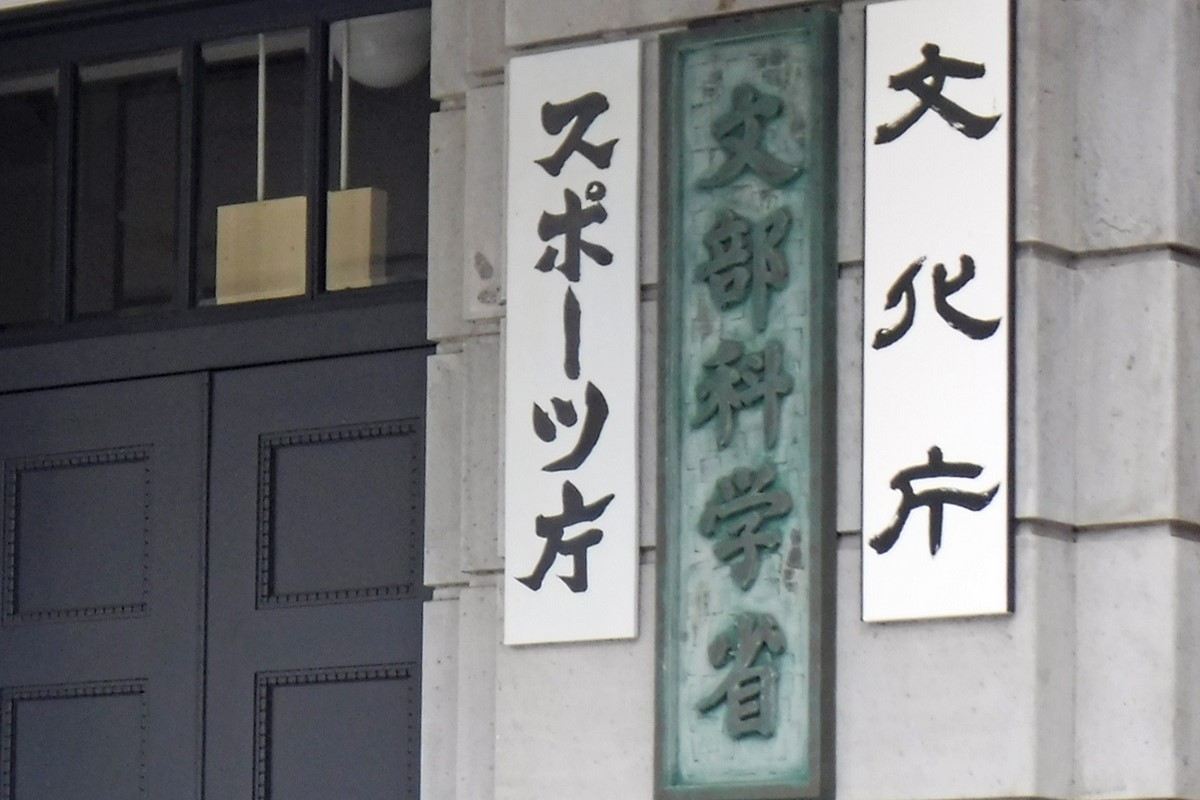Japan to Join Electron-Ion Collider Accelerator Construction Project; Potential Boost for Quantum Computer Technology

The Education, Culture, Sports, Science and Technology Ministry building in Tokyo
15:47 JST, May 15, 2024
Japan will participate in a U.S. project to build a large electron-ion collider (EIC), a particle accelerator capable of observing the world at the level of one trillionth of a millimeter, it has been learned.
The EIC is expected to shed new light on the physical laws governing the subatomic world and contribute to the practical application of advanced technologies such as quantum computers.
The Education, Culture, Sports, Science and Technology Ministry plans to announce soon its intention to participate in the plan, with the goal of starting operations in 2032.
The state-of-the-art EIC accelerator, a circular experimental facility about 3.8 kilometers in circumference, will be built by Brookhaven National Laboratory (BNL) in New York, part of the U.S. Department of Energy.
BNL plans to replace the existing accelerator in the basement of the building. Construction is scheduled to begin in 2026, with operations beginning in 2032.
EIC will collide electrons with nuclei at high speeds. The protons and neutrons inside the nuclei will break up into multiple particles, producing a snapshot of their internal structure.
This accelerator will make it possible to analyze the subatomic particles, which are only one trillionth of a millimeter in size, as if they were under microscopes with ultrahigh precision. By colliding high-speed particles with each other, this technology can be used to shed light on the origin of matter and reproduce the high-energy state of the early universe. It can also used to improve the breeding of agricultural crops and to measure the age of cultural assets.
EIC could lead to dramatic advances in basic science, such as understanding how matter was created in the universe.
Deepening the study of quantum mechanics, which governs the physical laws of the subatomic world, will help advance the development of quantum computers and clarify the mechanism that generates nuclear fusion energy, thus contributing to the practical application of advanced technology.
Riken, National Research and Development Agency, has a long-standing cooperative relationship with BNL, having established a research base at the laboratory in 1997.
The U.S. Department of Energy requested cooperation for the EIC’s construction from Japan in February of this year.
In constructing the EIC, which is estimated to cost between $1.7billion and $2.8 billion (about ¥270 billion to ¥440 billion), Japan will be in charge of developing the detectors and other equipment used to measure the data from the experiments.
The development cost is expected to be at least ¥4.5 billion. The education ministry plans to allocate several hundred million yen in its initial budget for the next fiscal year.
"Science & Nature" POPULAR ARTICLE
-

Genome Study Reveals Milestone in History of Cat Domestication
-

Big Leap in Quest to Get to Bottom of Climate Ice Mystery
-

Security Camera Footage Vulnerable to Outside Access; Investigation Finds 3,000 Pieces Exposed Online
-

Japan Set to Participate in EU’s R&D Framework, Aims to Boost Cooperation in Tech, Energy
-

Paws on Parade: Nairobi’s Dogs Dazzle at ‘Pawchella’
JN ACCESS RANKING
-

Tokyo Economic Security Forum to Hold Inaugural Meeting Amid Tense Global Environment
-

Keidanren Chairman Yoshinobu Tsutsui Visits Kashiwazaki-Kariwa Nuclear Power Plant; Inspects New Emergency Safety System
-

Imports of Rare Earths from China Facing Delays, May Be Caused by Deterioration of Japan-China Relations
-

University of Tokyo Professor Discusses Japanese Economic Security in Interview Ahead of Forum
-

Japan Pulls out of Vietnam Nuclear Project, Complicating Hanoi’s Power Plans






















